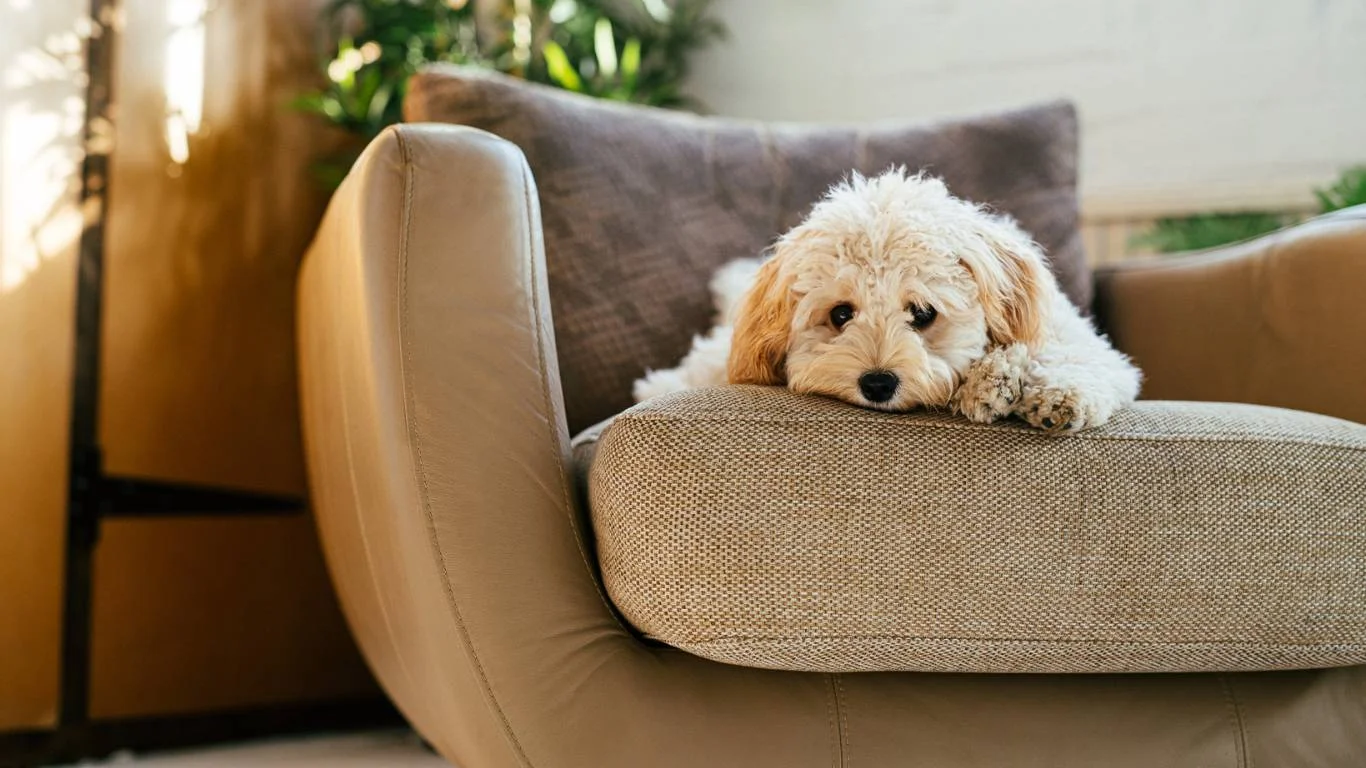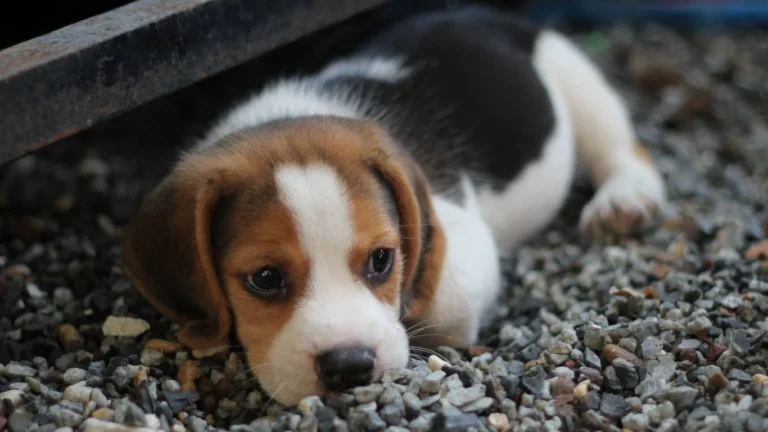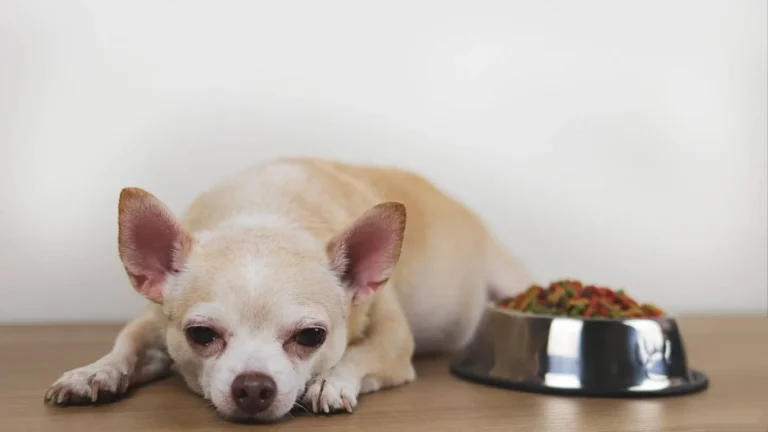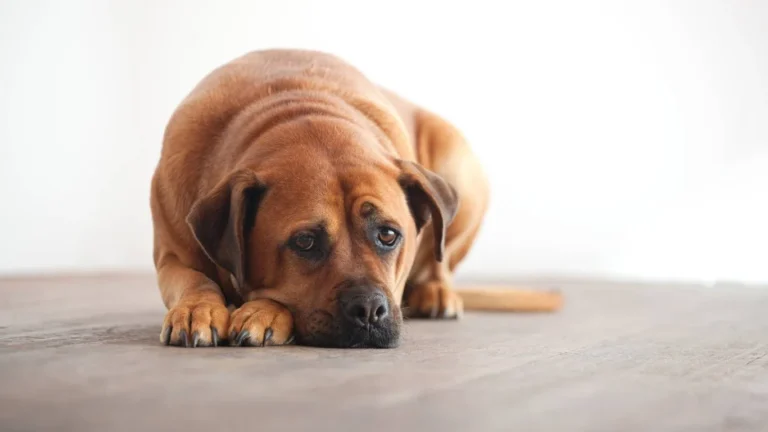How to Know if Your Dog Needs a Dental Cleaning: Signs, Symptoms, & Solutions
Ever wondered how to know if your dog needs a dental cleaning? You’re not alone. I get asked this all the time—whether I’m at the clinic or just chatting with dog parents at the park. The truth is, dog dental health is one of those things that kind of flies under the radar until there’s a *very* noticeable smell or your pup stops eating properly. As a Veterinary Assistant with a focus on nutrition, I’ve seen firsthand how neglected teeth can affect not only your dog’s mouth but their whole body. So, let’s dig into the signs, the sneaky symptoms, and what your dog might be trying to tell you when it comes to their dental health.
Common Signs Your Dog Might Need a Dental Cleaning

1. Bad Breath That Makes You Gag
We’re not talking about normal doggy breath here—I’m talking about that knock-you-back, “what even is that smell” kind of breath. If your dog’s kisses have become more like an assault on your nose, it could be a red flag. Often, that foul odor is bacteria from plaque and tartar buildup doing their thing. I’ve had pet parents joke that their dog’s breath could peel paint off walls—and unfortunately, they weren’t far off. In most cases, that smell is a clear sign it’s time to consider a professional dental cleaning.
2. Brown or Yellow Teeth
Open your dog’s mouth and take a good look at their teeth, especially those molars way in the back. If you see a sticky, yellowish-brown layer hugging their teeth like cling wrap, that’s plaque turned into tartar. Once tartar is caked on, brushing won’t remove it—only a vet can. I’ve had dogs come in where their teeth looked more like barnacles than teeth (true story), and cleaning made a huge difference in their energy and appetite.
3. Bleeding or Swollen Gums
This one can sneak up on you. Gums that are red, puffy, or bleed easily when touched or when your dog is chewing a toy may be inflamed due to gingivitis. If left untreated, this can progress to periodontitis, which is when things get serious. I’ve seen dogs lose multiple teeth just because gum issues were brushed off for too long. A quick gum check now and then can really save your pup some pain down the line.
4. Reluctance to Eat or Chew
If your dog suddenly gets picky, chews on one side of the mouth, or outright avoids hard treats or kibble, don’t just assume they’re being dramatic. Dental pain is often mistaken for behavior changes or picky eating. One pup we had—Charlie, a sweet old spaniel—stopped eating his crunchy food overnight. Turned out he had an abscess under a molar. Post-cleaning and extraction, Charlie was back to devouring meals like a champ.
Behavioral Changes That Might Be Linked to Dental Pain
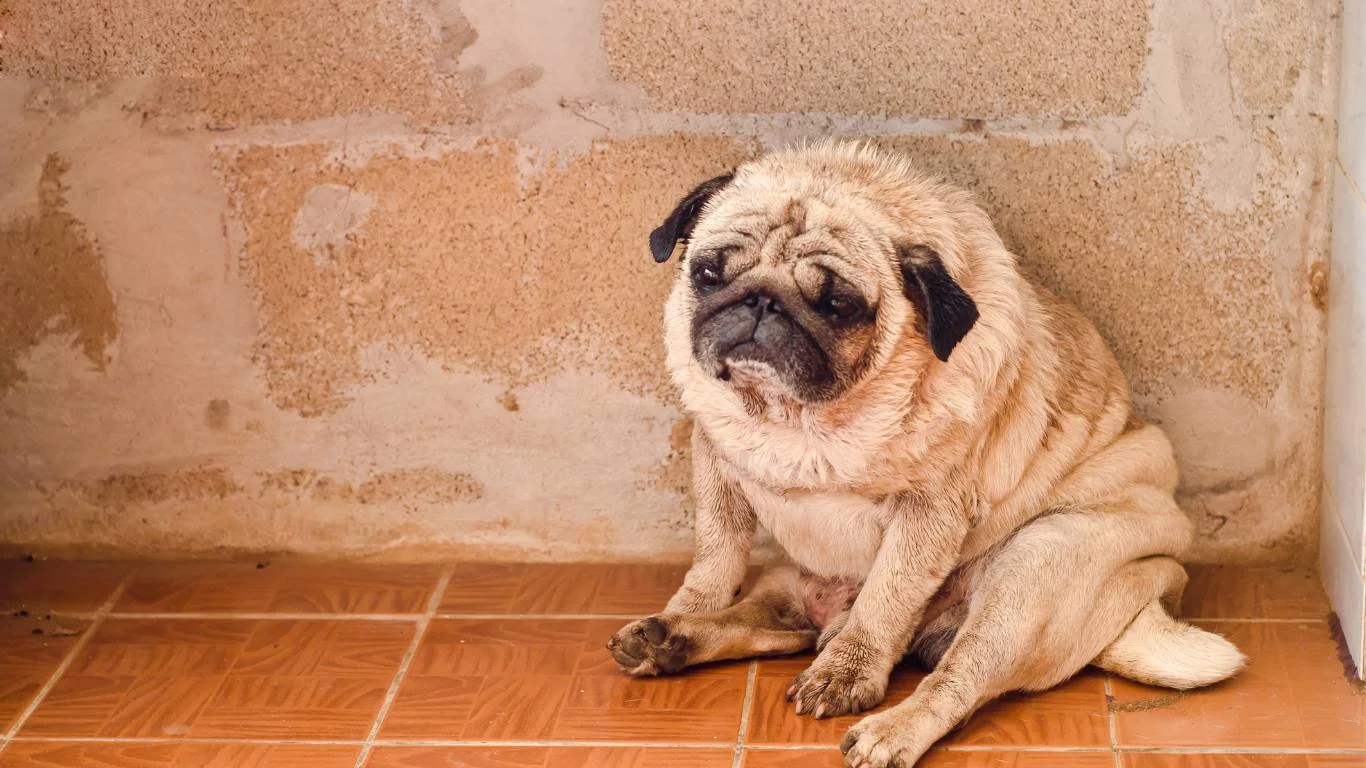
Withdrawal or Grumpiness
Your usually happy-go-lucky dog suddenly acting moody? Pain—especially ongoing dental discomfort—can cause dogs to withdraw, avoid being touched near the face, or even growl when you try. It’s not them being ‘bad,’ it’s them trying to say, “Hey, something hurts.”
Drooling or Pawing at the Mouth
Increased drooling (especially if it’s not normal for your breed), or pawing and rubbing their face on furniture, can all be signs they’re trying to relieve discomfort. I’ve had dog parents mistake it for something stuck in the mouth, when in reality, it was sore gums or a cracked tooth.
What Happens If You Ignore It?

Dental Disease Isn’t Just a Mouth Problem
This is something I’m super passionate about. Dental issues in dogs don’t just stay in the mouth. Bacteria from infected gums can actually enter the bloodstream and affect major organs—like the heart, liver, and kidneys. We’ve seen dogs develop serious systemic issues, all because their dental disease was never addressed. That’s why I always say: your dog’s mouth is like a window to the rest of their body health-wise.
Tooth Loss and Chronic Pain
When dental issues go untreated, teeth can become loose and fall out. While it may seem like “not a big deal” if they’re still eating soft food, trust me—it’s not just about food. Chronic pain, jawbone erosion, and decreased quality of life can result from long-term neglect. I’ve had dogs come in miserable from mouth pain, and after a cleaning, their energy and mood did a full 180.
Should You Wait for Obvious Signs?
Why Regular Checks Matter
Here’s the thing—dogs are experts at hiding pain. By the time you notice something’s off, they’ve probably been uncomfortable for a while. I always recommend doing regular mouth checks at home and scheduling annual dental exams with your vet. Early detection = less invasive procedures, less stress, and a way happier doggo.
When in Doubt, Ask Your Vet
If you’re not sure how to know if your dog needs a dental cleaning, don’t hesitate to ask your vet or tech during a check-up. We love helping with that stuff! Sometimes all it takes is a quick look to spot the beginnings of a problem, and early cleanings are always easier (and cheaper) than treating full-blown dental disease.
What a Professional Dental Cleaning Involves
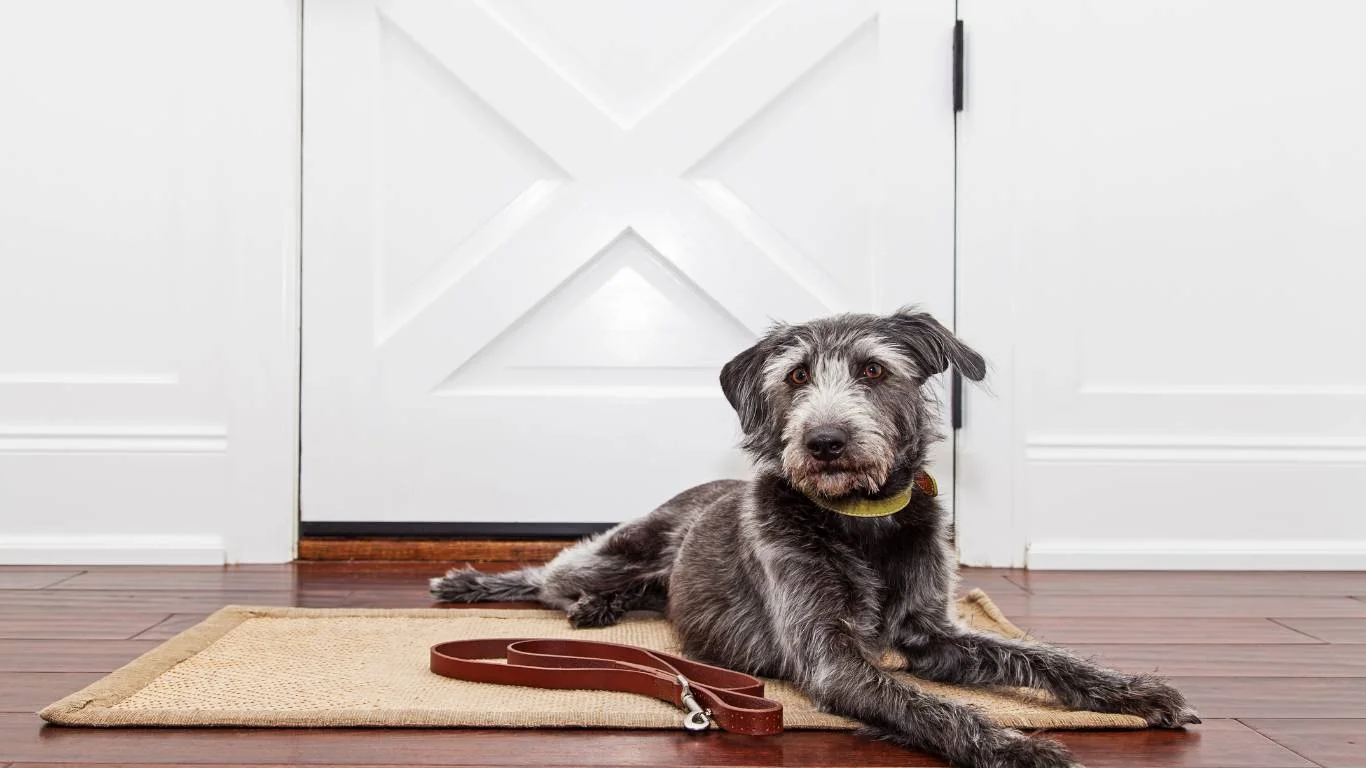
Anesthesia is Key (and Safer Than You Think)
One of the biggest concerns I hear from dog parents is, “Does my dog really need to be put under for a dental cleaning?” The answer is yes—and it’s for good reason. A proper dental cleaning means getting under the gum line where all the nasty bacteria hang out, and that’s just not something you can safely do with a wriggly, awake pup. Modern anesthesia is actually very safe when done by a skilled veterinary team. I’ve assisted in dozens (if not hundreds) of these cleanings, and I can tell you—dogs wake up like nothing happened, but their mouths are healthier and pain-free.
What Happens During the Procedure
Once your dog is under anesthesia, the vet or technician will scale and polish the teeth, just like your own dental cleanings. Any diseased teeth may be extracted, depending on the severity. And we don’t just wing it—we take dental X-rays to check what’s going on below the gumline. You’d be surprised how often a tooth looks fine on the outside but is actually rotting from the inside out. Those X-rays are game-changers.
How Often Should Your Dog Have a Dental Cleaning?
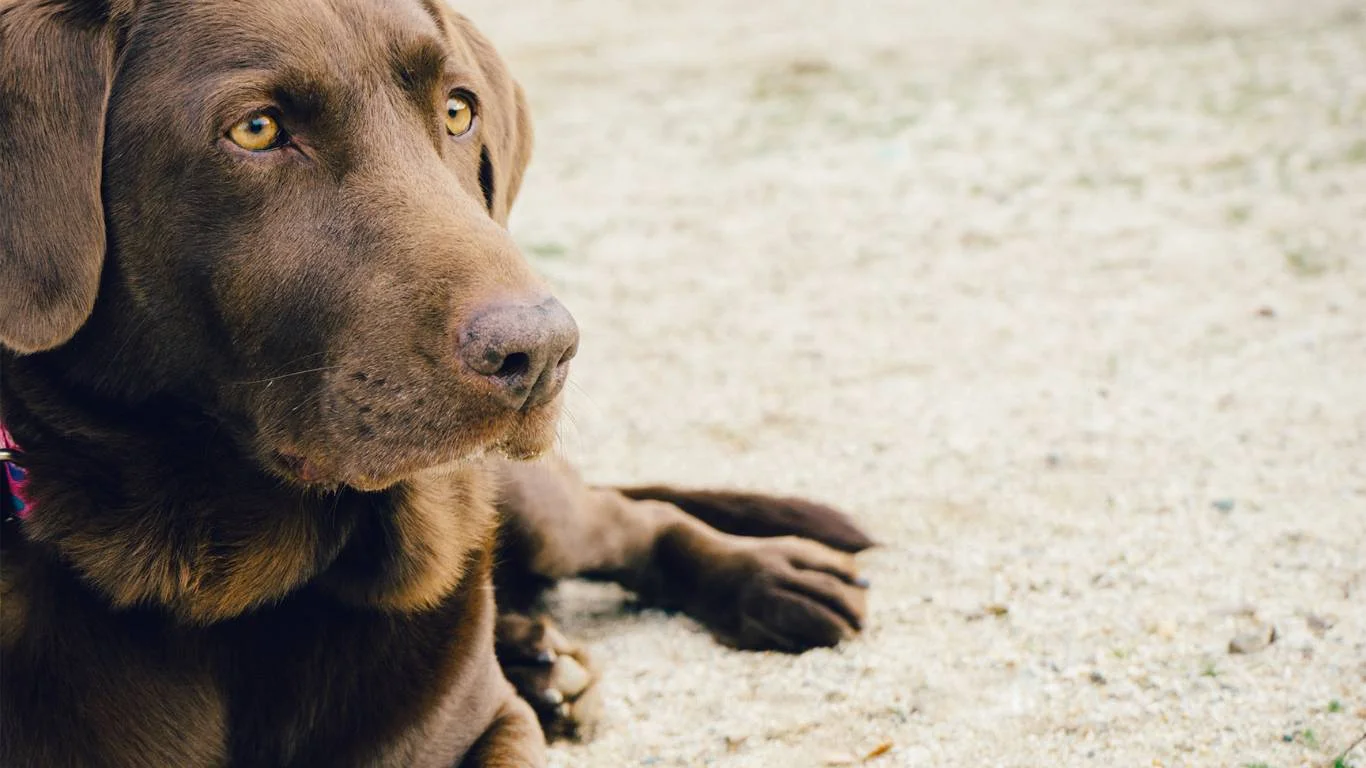
There’s No One-Size-Fits-All
This is where your dog’s individual needs come into play. Some dogs, especially small breeds like Yorkies, Chihuahuas, or Dachshunds, need cleanings as often as once a year. Their tiny mouths tend to crowd teeth, which traps more plaque. On the flip side, larger breeds may go longer between cleanings if they have a healthy mouth and regular home care. Nutrition, genetics, chewing habits—it all plays a part. I’ve seen Labradors go three years without a cleaning and still have pearly whites, and I’ve also seen 2-year-old toy breeds needing extractions already. It really depends.
Signs to Watch Between Vet Visits
- Persistent bad breath
- Visible tartar or brown teeth
- Red, bleeding, or receding gums
- Dropping food or chewing oddly
- Changes in mood or energy
Stay on top of these signs, and you’ll catch issues early before they become painful (and expensive) problems.
How Nutrition Affects Dental Health
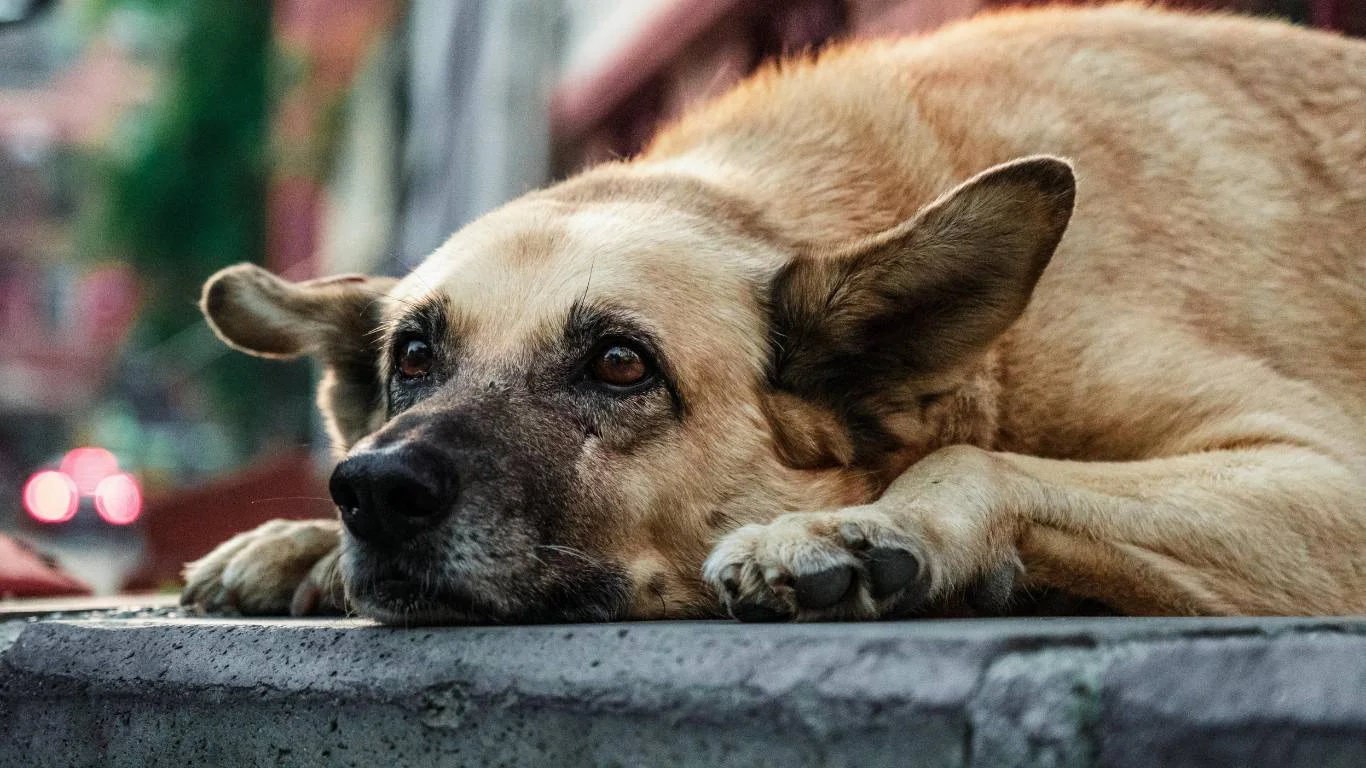
Food Matters—A Lot
As someone who focuses on pet nutrition daily, I can’t stress this enough: what your dog eats impacts their teeth. Kibble does help to some extent with plaque scraping, but don’t rely on it alone. There are specific dental diets and chews formulated to reduce tartar, and I’ve seen fantastic results when owners make that switch. Brands like Hill’s t/d or Royal Canin Dental can really support your efforts at home.
Raw Bones vs Dental Chews: The Ongoing Debate
This is a hot topic. Some folks swear by raw meaty bones for keeping teeth clean—and yes, I’ve seen dogs with stunning teeth thanks to them. But bones come with risks like cracked teeth or GI blockages. Personally, I prefer recommending VOHC-approved dental chews. They’re tested and proven to work. Whimzees, Greenies, and even some of the new collagen sticks out there are great options. Just make sure you’re not giving chews that are too hard for your dog’s bite strength—if you wouldn’t want it smashing into your own teeth, skip it for your pup.
DIY Dental Care: What You Can Do at Home
Brushing Is the Gold Standard (Even If It’s Not Daily)
Okay, brushing your dog’s teeth probably sounds like a hassle. And honestly, it kind of is at first—but it gets easier. I always tell pet parents: even brushing a few times a week is better than nothing. Use a dog-specific toothpaste (never human kind—it can be toxic) and a soft brush or finger brush. Start slow, with praise and treats, and build the habit. It’s a bonding activity if you approach it right. One of my favorite patients, a goofy golden retriever named Rusty, actually loved getting his teeth brushed—he’d bring the brush to his owner!
Water Additives, Wipes & Gels
For those who can’t brush regularly, don’t panic. There are lots of supportive tools out there—like dental water additives you just pour into their bowl, or dental wipes and gels you can rub along the gumline. I’m a big fan of options like TropiClean’s water additive or VetriScience Perio Support powder. They’re not a substitute for brushing or cleanings, but they definitely help stretch the time between vet visits.
When Dental Issues Are Missed: Real-Life Examples
Max, the Boxer with a Hidden Tooth Root Abscess
This one stuck with me. Max came in for “just a check-up,” but the owner casually mentioned he wasn’t as energetic lately. His teeth looked okay at first glance, but we took X-rays because I noticed a little swelling near one molar. Sure enough, it was a deep-rooted abscess. We cleaned him up, removed the infected tooth, and within days Max was back to zooming around like a pup again. If we’d ignored it, things could’ve gone downhill fast.
Bella the Poodle Mix Who Stopped Eating
Bella’s mom thought she was being stubborn with food, maybe just aging. Turns out, Bella had two cracked teeth from years of chewing on antlers (not recommended, by the way). After the extractions and a soft food transition, she started eating like a champ again. Her mood even lifted—she started wagging her tail again when we saw her for her recheck. Never underestimate how dental pain affects behavior.
Dental Care for Senior Dogs: Special Considerations

Age-Related Changes in Dental Health
As dogs age, they become more prone to dental issues like gum disease and tooth decay. Senior dogs often experience the same symptoms as younger dogs—bad breath, drooling, and difficulty eating—but these problems may be compounded by underlying health conditions such as arthritis or kidney disease. I’ve seen older dogs who, despite being in overall good health, had to deal with severe dental issues that affected their quality of life. Their owners didn’t always realize how much pain they were in until we addressed their teeth.
Managing Dental Care in Older Dogs
For older pups, regular dental check-ups become even more critical. If your senior dog hasn’t had a cleaning in a while, they may need a more thorough dental treatment to catch up. However, anesthesia can be a concern for older dogs, so I always recommend consulting with your vet to determine the safest course of action. In some cases, dental cleanings are scheduled in conjunction with other procedures if your dog requires anesthesia for a different health issue.
Preventing Dental Problems Before They Start
Start Early with Dental Care
It’s much easier to maintain your dog’s dental health than to fix problems once they’ve developed. Starting early, ideally when your pup is a puppy, can lead to a lifetime of good oral health. I encourage pet owners to incorporate dental care into their regular routine as early as possible—whether it’s brushing, using dental chews, or giving your dog a dental-friendly diet. The earlier you introduce these habits, the less likely your dog will be to experience painful dental issues in the future.
Regular Veterinary Check-Ups Are a Must
Dental health is just one part of your dog’s overall health, but it’s a very important one! That’s why I always advise keeping up with annual vet check-ups, even if everything seems fine. A vet can spot the early signs of dental issues before they become major problems. If you’re not sure when your dog’s last dental cleaning was, ask your vet! Keeping a record of dental visits will help ensure that your pup is getting the care they need. Remember, prevention is much easier and cheaper than treatment!
How to Choose the Right Dog Dentist (Veterinarian) for Dental Care
Not All Vets Are Created Equal
Choosing the right veterinary clinic for your dog’s dental care is crucial. While most general veterinarians will perform dental cleanings, some may specialize in advanced dental procedures. When your dog needs more than just a routine cleaning—like extractions, root canals, or jaw surgery—you’ll want to find a clinic with veterinary dentists who are board-certified or have extensive experience in dental care. I’ve seen pets that needed complex dental work referred to specialists, and in those cases, it made a world of difference.
Ask About Their Dental Experience
It’s okay to ask your vet about their dental experience. A good vet should be able to explain the process and answer your questions about anesthesia, cleaning procedures, and aftercare. If they seem hesitant or vague, it might be time to seek a second opinion. Trust me, a little extra research up front can save you and your dog a lot of stress in the long run!
Helpful Resources for Pet Dental Care
There’s a lot of information out there about dog dental health, but it’s important to rely on trustworthy sources. Here are some resources I recommend for staying up to date on the best dental care practices for your dog:
- American Kennel Club (AKC) – Offers great tips on maintaining your dog’s overall health, including dental care.
- PetMD – A solid resource for understanding symptoms and treatments for a wide range of pet health issues, including dental problems.
- National Institutes of Health (NIH) – Great for understanding how dental health affects the whole body.
- Health.com – While not pet-specific, this site offers valuable insights into the connection between overall health and dental care.
Disclaimer
Remember, the information provided here is based on personal experience and general knowledge in veterinary assistance with a nutrition focus. It is not intended as professional veterinary advice. Always consult with your veterinarian or a certified dental specialist to discuss the best course of action for your pet’s dental health. Your dog’s individual needs and health history should guide decisions on dental care.
